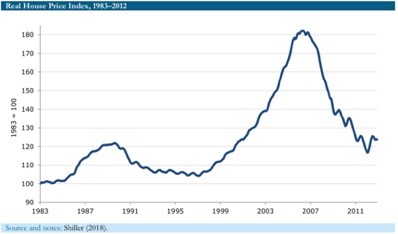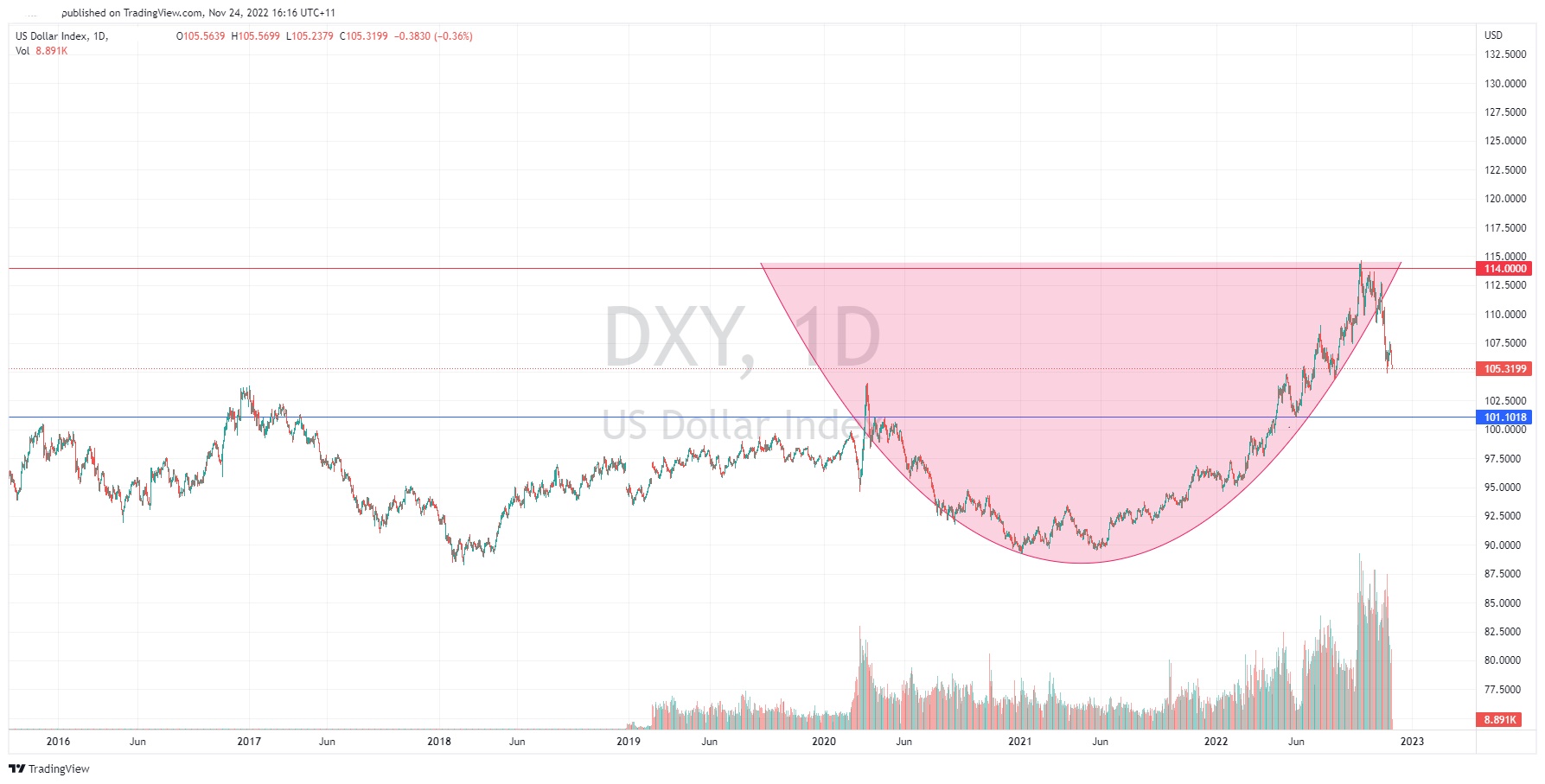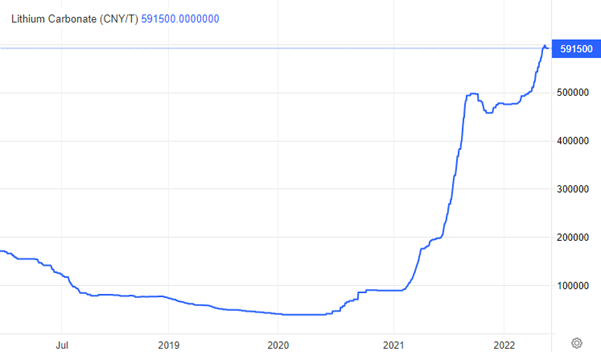- Trading
- Trading
- Markets
- Markets
- Products overview
- Forex
- Commodities
- Metals
- Indices
- Shares
- Cryptocurrencies
- Treasuries
- Platforms
- Platforms
- Platforms
- Platforms
- Platforms overview
- MetaTrader 4
- MetaTrader 5
- Education
- Education
- Education
- Education
- News & analysis
- Education Hub
- Economic calendar
- Help & support
- Help & support
- About
- Trading
- Trading
- Markets
- Markets
- Products overview
- Forex
- Commodities
- Metals
- Indices
- Shares
- Cryptocurrencies
- Treasuries
- Platforms
- Platforms
- Platforms
- Platforms
- Platforms overview
- MetaTrader 4
- MetaTrader 5
- Education
- Education
- Education
- Education
- News & analysis
- Education Hub
- Economic calendar
- Help & support
- Help & support
- About
- Home
- News & Analysis
- Economic Updates
- What is an Economic Bubble and how to identify it?
- Home
- News & Analysis
- Economic Updates
- What is an Economic Bubble and how to identify it?
- Hype – In the early stages of a bubble there is an increasing level of excitement and enthusiasm behind the asset. More attention is brought to the asset as prices start to rise. This is generally not an unjustified rise in price, but rather just the start of the momentum.
- The Pump – This is when the price begins to really start to jump. Pullbacks are becoming less and less common. Momentum is beginning to build, and buyers are stepping up as the supply begins to dwindle.
- Euphoria – This is the when the buying begins to become irrationally expansive. Buying is at incredibly elevated levels and demand is almost peaking. Importantly, there is little belief across the market that the price of the asset will fall. Therefore, risk taking increases and the buying starts to spread further then just sophisticated investors.
- The peak – This is when early investors and the smart money begins to exit their positions. As the demand begins to fall smart sellers exit and the price begins to drop and the realisation that the price may have peaked begins to set in.
- The Bubble Bursts – As the average holder begins to realise that the demand is no longer there, selling starts to intensify and panic begins to set in and selling escalates t a point of capitulation. Market players may begin to fear that the market may never recover.
 News & AnalysisNews & Analysis
News & AnalysisNews & AnalysisEconomic Bubbles are highly damaging phenomena’s that occur in financial systems that can cause a great deal of loss and pain to investors and traders. It is important that traders can identify the signs of a Bubble to both capitalise on opportunities and protect against the risk they pose.
What is a Bubble?
A Bubble is an artificial inflation of the price of an asset or market that far exceeds its fundamental value. For example, the housing crisis in the USA in 2008 was brought about by hedge funds who had created a huge demand for securities that were backed by mortgages and were supposedly risk free. Now it is known that these securities were not risk free at all and were severely mispriced. This caused a severed crash in the housing market and the financial system. A Bubble can encompass the whole market or a specific asset or class of assets. It is important to note that a Bubble is not the same as an overextended rally. Rather the rise in price of a Bubble is pushed along by buying that is so strong that it is almost contrary to any rational thought or logic.
Stages of an Economic bubble

Why Do Bubbles occur?
The Bubble Phenomenon occurs quite simply due to human psychology and emotion. The emotions are primarily greed, fear and Fear of Missing Out, (FOMO). As prices continue to rise and the demand continues to increase the market begins to think that it will mis out on the opportunity to enter the trade, chasing the price and further inflating the price. Once the price has peaked, fear begins to take over as holders of the asset realise that they now hold unprofitable assets and as the selling intensifies It draws about more selling causing a capitulation.
Are there any current Bubbles?
In recent times there have been certain assets that have exhibited signs of potentially being in a Bubble.
USD
The USD has been on an incredible run this year, largely spurred on by increasing interest rate hikes in the face of record high inflation globally, many have turned to the USD for safety. The question is, is the rise similar to that of a bubble or is it simply a function of the underlying fundamentals? In this case it is debatable if a bubble existed. This is because the price of the USD was supported by the extreme interest rate hikes issued by the Federal Reserve. Similarly, in times of high volatility, the USD tends to perform well which were apparent at the time of the rise. Lastly there never seemed to be the truly bearish capitulation or rather it has not occurred yet whereby pure panic has set in.

Lithium
Another asset that may be showing signs of being in a bubble is Lithium. The price of lithium has been absolutely soaring over the previous 2 years as the demand has outstripped the supply. This has largely been to cater for the prospect of an expansion in use of electric vehicles.
With Lithium being a difficult resource to mine, existing miners have become exceptionally profitable with the rising prices. In this instance, whilst there is an underlying fundamental reason as to why the price of lithium has risen, it is difficult to know if these factors support the almost 400% increase in price that it has had in the last 12 months. This is an insane rise for any asset in any class which does indicate that there is some euphoria being felt with regards to Lithium. Many lithium stocks continue to rise in price even today and the spot price continue to go up. So, is lithium in a bubble? Ultimately, it is impossible to know that a bubble is present until after the fact, however, it would be prudent to be aware that it may be present in this case.

Ultimately, Bubbles do occur in the financial markets and can be dangerous, so whilst identifying them can be difficult, being aware is at least a tool that traders should have.
The information provided is of general nature only and does not take into account your personal objectives, financial situations or needs. Before acting on any information provided, you should consider whether the information is suitable for you and your personal circumstances and if necessary, seek appropriate professional advice. All opinions, conclusions, forecasts or recommendations are reasonably held at the time of compilation but are subject to change without notice. Past performance is not an indication of future performance. Go Markets Pty Ltd, ABN 85 081 864 039, AFSL 254963 is a CFD issuer, and trading carries significant risks and is not suitable for everyone. You do not own or have any interest in the rights to the underlying assets. You should consider the appropriateness by reviewing our TMD, FSG, PDS and other CFD legal documents to ensure you understand the risks before you invest in CFDs. These documents are available here.
#Economy #Economics #Finance #MarketsNext Article
Possible high return Swing Trade on USDCHF
The USDCHF has just reached a significant support zone providing a potential entry for a low-risk high return trade. In recent weeks the USD has an aggressive pulled back on the back of weaker then expected inflation figures. This has benefited the CHF and most other non-USD currencies as expectations of a potential pivot grow and money moves away ...
November 25, 2022Read More >Previous Article
US stocks continue rally on ugly PMI figures and dovish FOMC minutes
US indices finished another session up after a wild ride as the “bad news is good news” narrative saw a steep rally after disappointing services a...
November 24, 2022Read More >Please share your location to continue.
Check our help guide for more info.

- Trading
